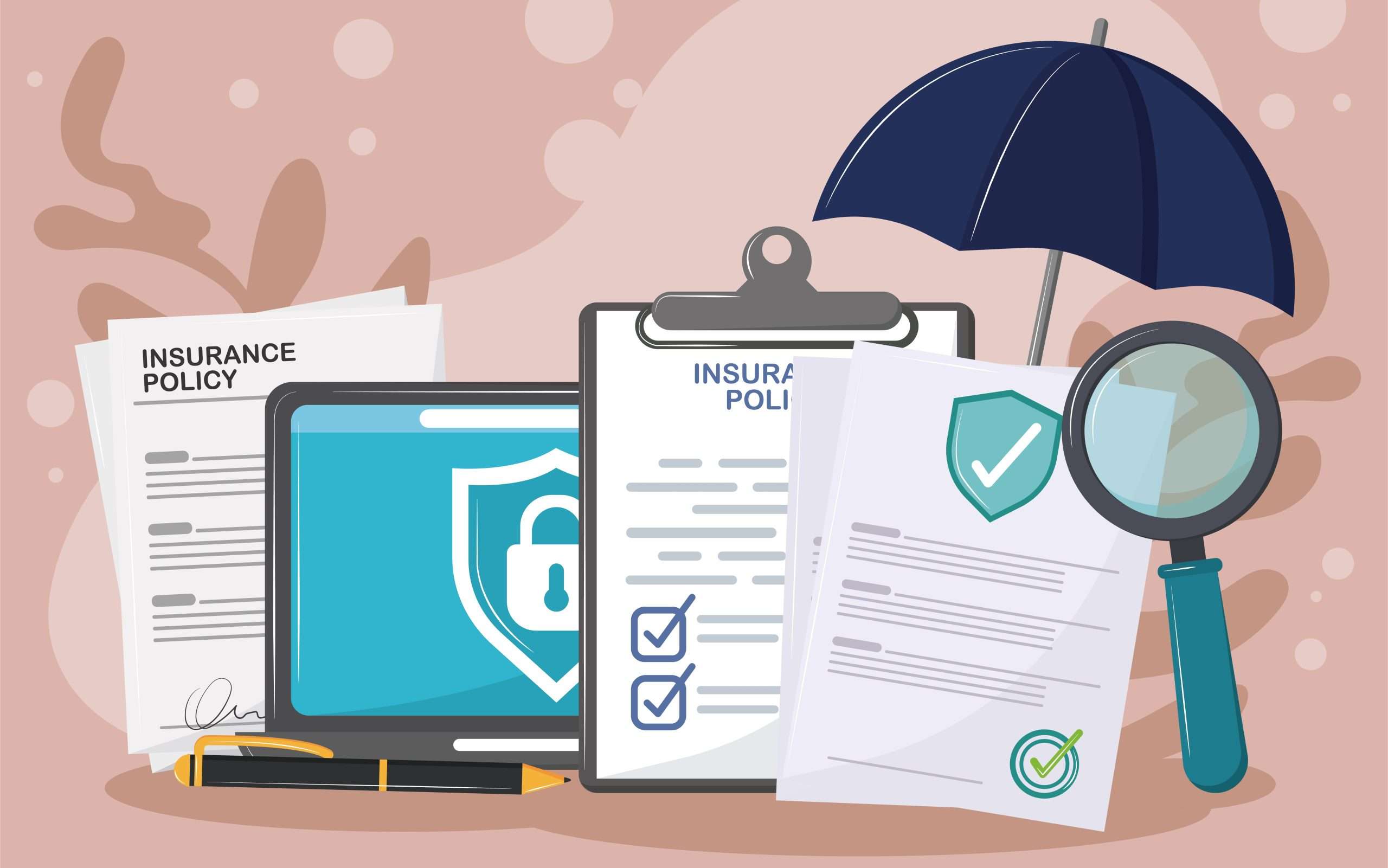The digital age has numerous benefits, but it also carries several unprecedented threats. Businesses, Internet infrastructure, and personal information now exist in an environment where cyber-attacks are a constant threat. This raises the question: How does one secure their digital frontiers? The answer, to a certain extent, is cyber insurance.
For organizations that operate in realms infested with frequent cyber threats, reading this article will provide valuable insight into the world of cyber insurance. Let’s discuss its purpose, the protection it offers, and why businesses need to consider it within their risk management strategies. 💼💡
Understanding Cyber Insurance
Just as you would protect your physical assets with insurance, cyber insurance acts as a safety net for your digital assets. It is a type of insurance designed to assist companies in mitigating potential financial losses that result from data breaches and other cyber-related incidents.
The Evolution of Cyber Insurance
The rising prominence of the Internet and the digitalization of data has made cyber risks more prominent than ever before. In response to this, the insurance market evolved. It began offering a new type of risk transfer tool specifically catered towards cyber threats, now known as cyber insurance.
In the same way that one wouldn’t drive a car without insuring against accidents 🚗, a business shouldn’t operate online without covering against cyber risks.
The function of Cyber Insurance
Cyber Insurance is designed to cover financial losses a business might incur due to various cyber incidents, such as data breaches and network damage.
For instance, think of an online retail company that experiences a data breach, leaking customer credit card information 💳. Without cyber insurance, the company would bear the brunt of numerous expenses such as customer notification, credit monitoring, and potential lawsuits. With cyber insurance, these expenses would be covered, mitigating the financial blow of the incident.

Cyber Insurance Coverage
The cyber insurance market has been meticulously developed to offer an array of coverages that deal with a wide spectrum of cyber threats. It’s crucial to understand the different types of coverage that a policy offers to get the best protection for your business.
First-party Coverage
First-party coverages are designed to protect your business from losses that occur directly to the business due to cyber incidents. This can include expenses associated with alerting clients of a data breach, restoration of lost or damaged data, and even the cost of hiring a public relations firm to manage such a crisis.
For example, if an educational institute faces a ransomware attack, leading to a shutdown of the online learning platform, first-party coverage could cover the costs associated with restoring access, compensating students for lost time, and executing a public relations campaign to manage potential reputation damage. 🏫👨🎓
Third-party Coverage
Third-party coverages protect businesses from liabilities that they might face towards others as a result of a cyber incident. This often comes into play if client data has been compromised.
Let’s say, a healthcare facility faced a data breach, releasing sensitive patient medical records 🏥. The subsequent lawsuits from patients would be covered under third-party cyber insurance coverage.
The Need for Cyber Insurance
Cyber risks are not always preventable despite the best preventive measures. Cyber insurance acts as a financial safety net when the worst-case scenario happens.
Expensive Repercussions Of Cyber Incidents
While costs can differ based on many factors, cyber incidents generally carry heavy financial repercussions. Repairing damaged systems, recovering lost data, managing reputational damage, and settling legal matters can quickly add up.
Consider a self-employment tax software program company that fell victim to a phishing attack and lost access to client records. The financial burden of such an attack could be substantial, potentially endangering the company’s survival if not covered by cyber insurance.
Increasing Cyber Threat Landscape
The cyber threat landscape is ever-evolving and becoming more sophisticated. Attacks like ransomware, phishing, and DDoS attacks are becoming more common and complex. Cyber insurance offers an extra layer of protection against these threats.
Remember the notorious WannaCry Ransomware attacks in 2017? CSO Online explains how it affected more than 200,000 computers worldwide, causing havoc for many businesses. Had they not been insured, the ransomware attack could have proved exceptionally costly. 💰
Choosing the Right Cyber Insurance
Cyber insurance policies are not one-size-fits-all. Selecting the appropriate coverage depends heavily on understanding your organization’s unique risks.
- Evaluating Risks
Digital risks vary from one organization to another, and they depend greatly on things like the nature of the business, its size, and the type of data it handles. Therefore, it’s essential to identify your company’s specific cyber risks before purchasing a policy.
For example, an e-commerce company handles massive amounts of credit card data, making it a prime target for hackers. In such a situation, choosing a policy with extensive first-party and third-party coverage would be crucial.
- Understanding Policy Terms
Lastly, it’s essential to understand policy terms, coverage, conditions, and exceptions thoroughly before buying cyber insurance. A misinterpretation or lack of understanding can leave your business exposed.

Conclusion
In this digital age where cyber threats lurk in every corner of the web, it’s crucial to consider cyber insurance. Offering both first-party and third-party coverages, it provides a comprehensive solution to the financial repercussions of cyber incidents.
The need for such an insurance product is fueled by the increasing cyber threat landscape and the potential financial implications of falling victim to such threats. By assessing your business’s unique risks and understanding the policy terms, you can choose the right cyber insurance and secure your business’s digital future. 🛡️
- Analyzing Patterns in Failed Products - July 25, 2024
- Hybrid Cryptographic Systems - July 24, 2024
- Inadequate Threat Intelligence Integration - July 23, 2024
